Soligorsk slag heaps
Soligorsk slag heaps is an unusual man-made attraction of Belarus. The opening landscapes resemble the surface of Mars: red-brown mountains with layers of white salt stand on cracked desert land. Tourists tend to capture the brilliance of the crystals at dawn, but at other times of the day the slag heaps make a strong impression, without being associated with green Belarus. The salt mountains are wastes of Belaruskali, the town-forming enterprise in Soligorsk, which produces potassium mineral fertilizers.
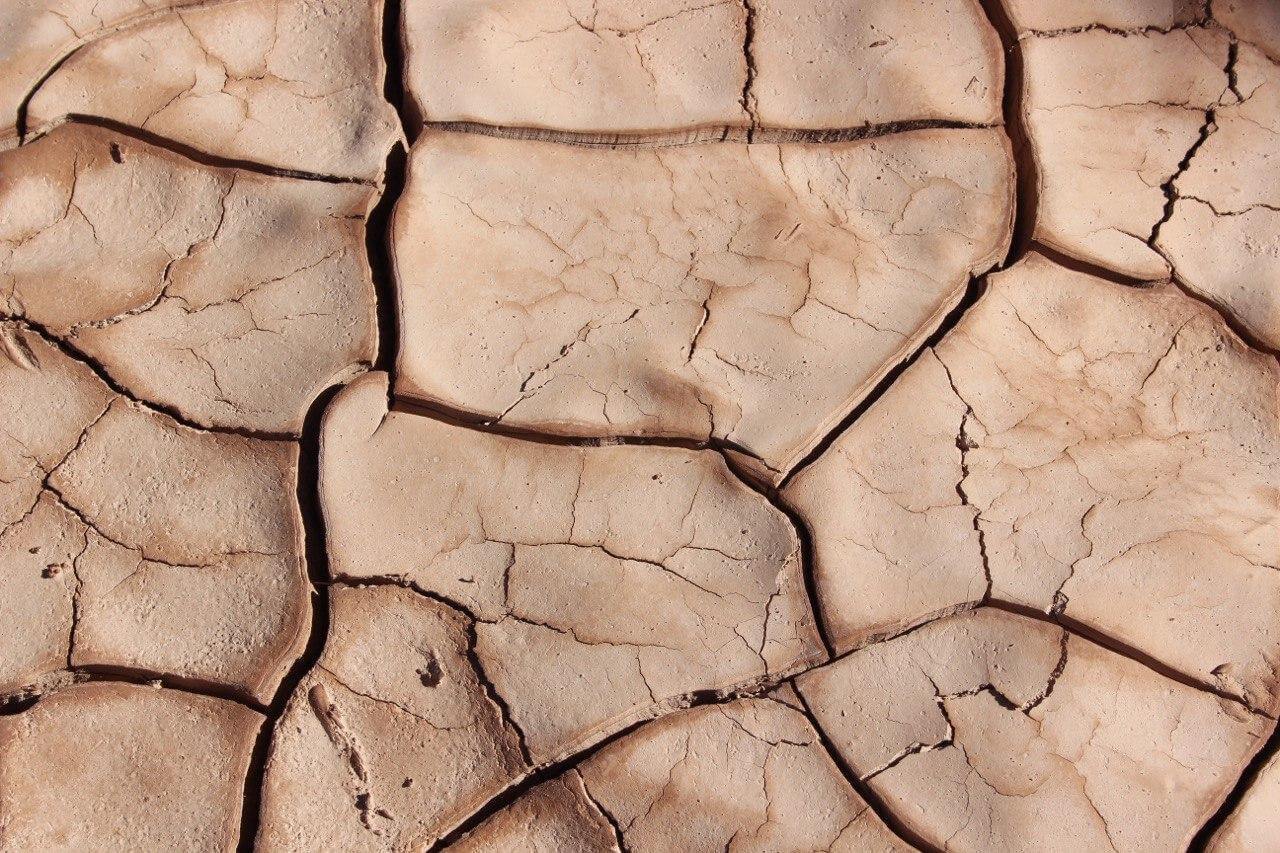
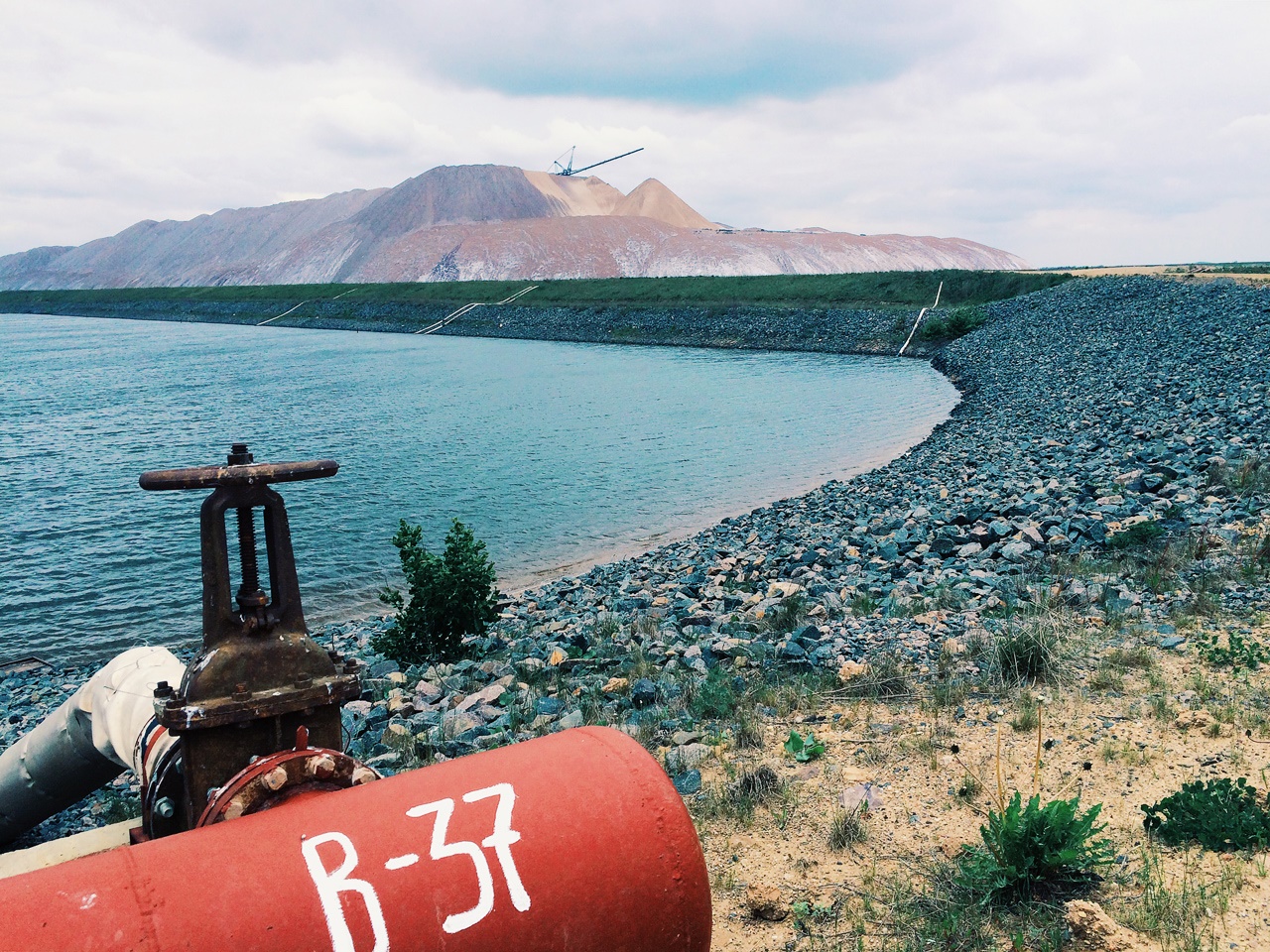
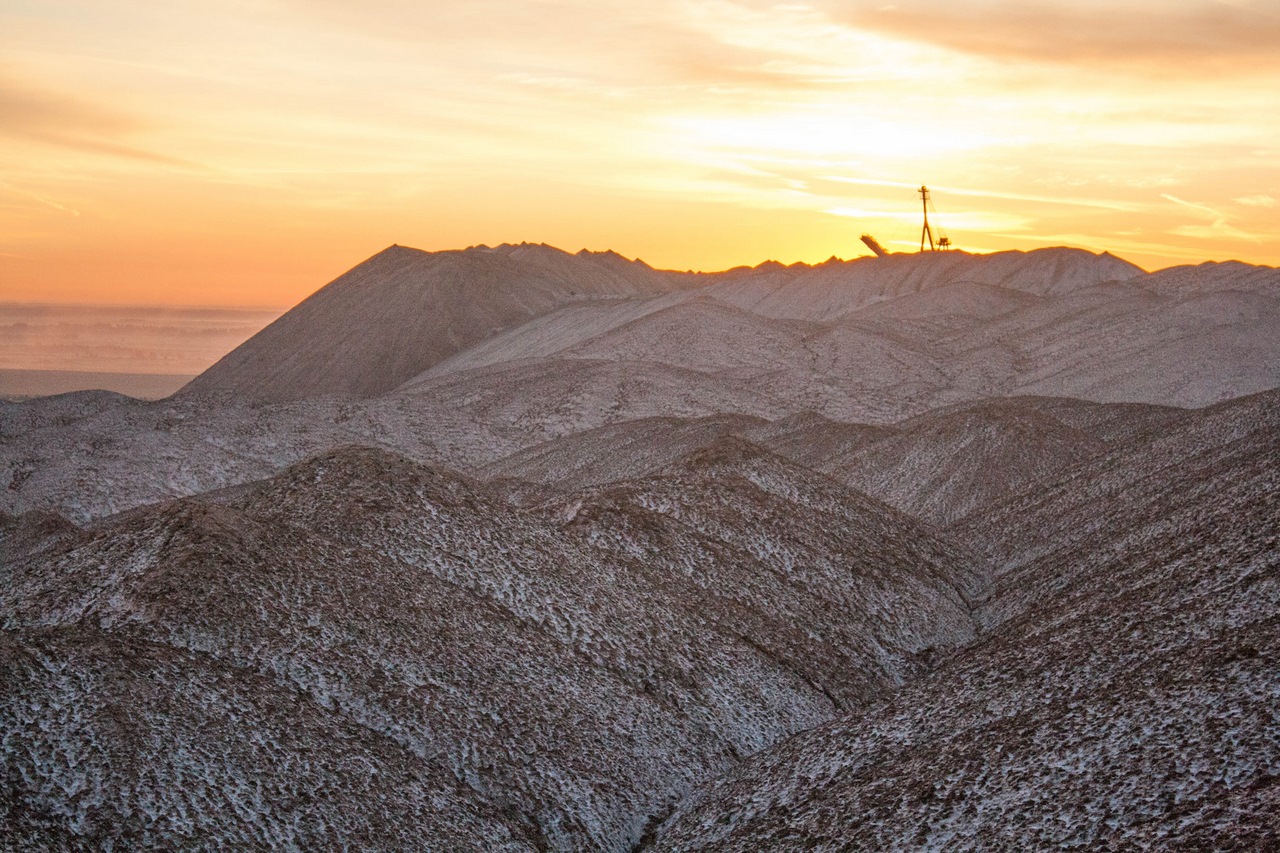
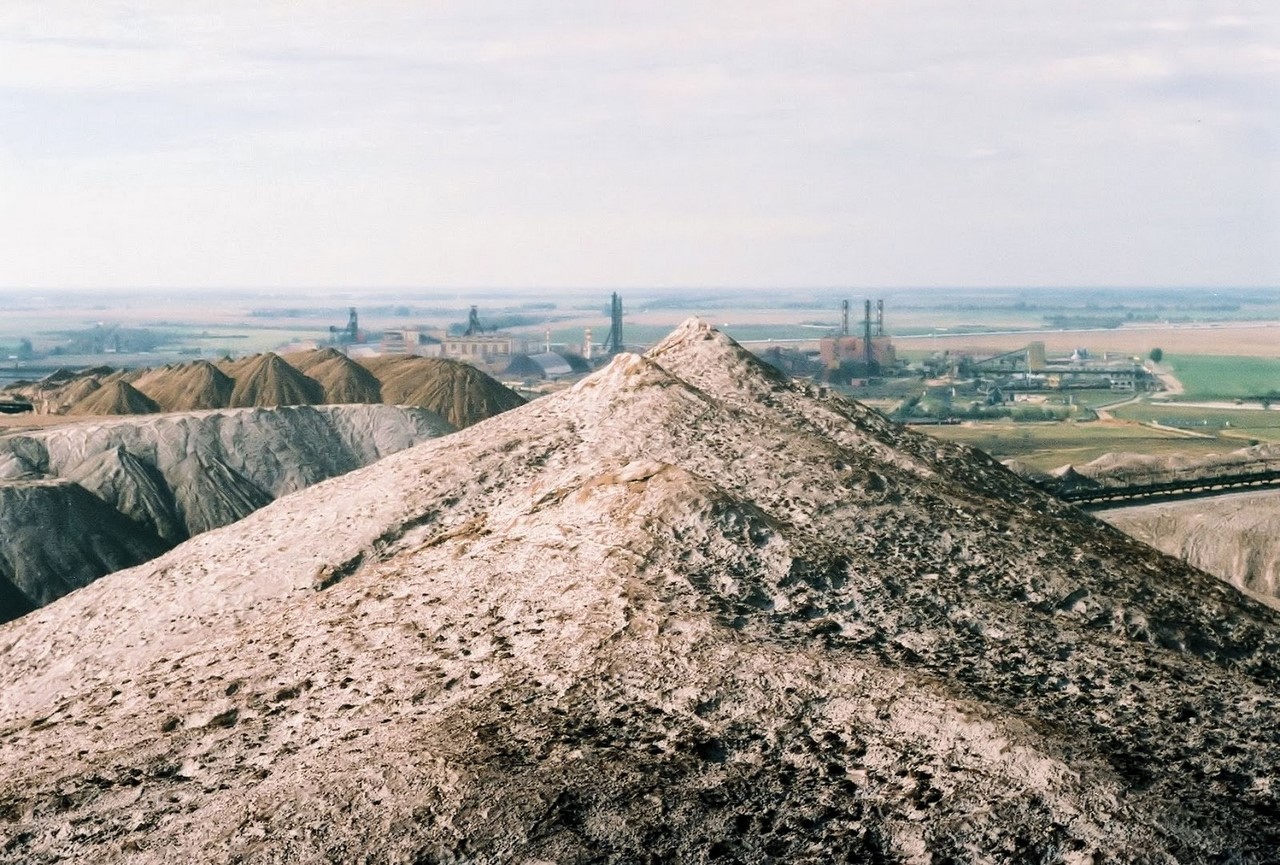
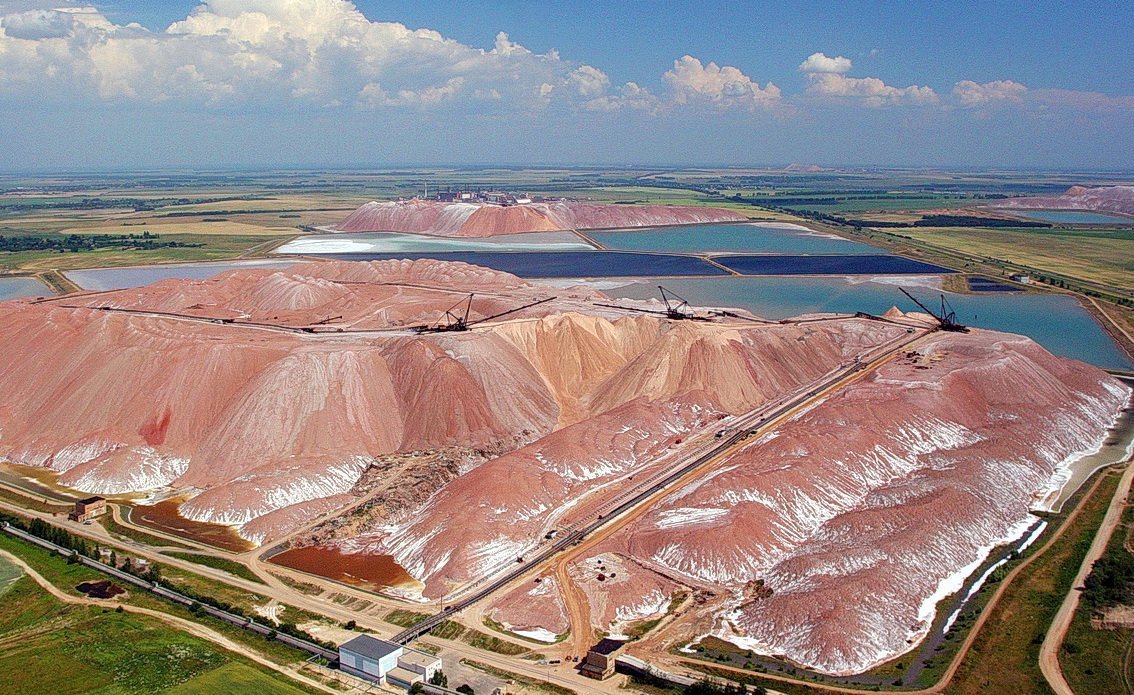
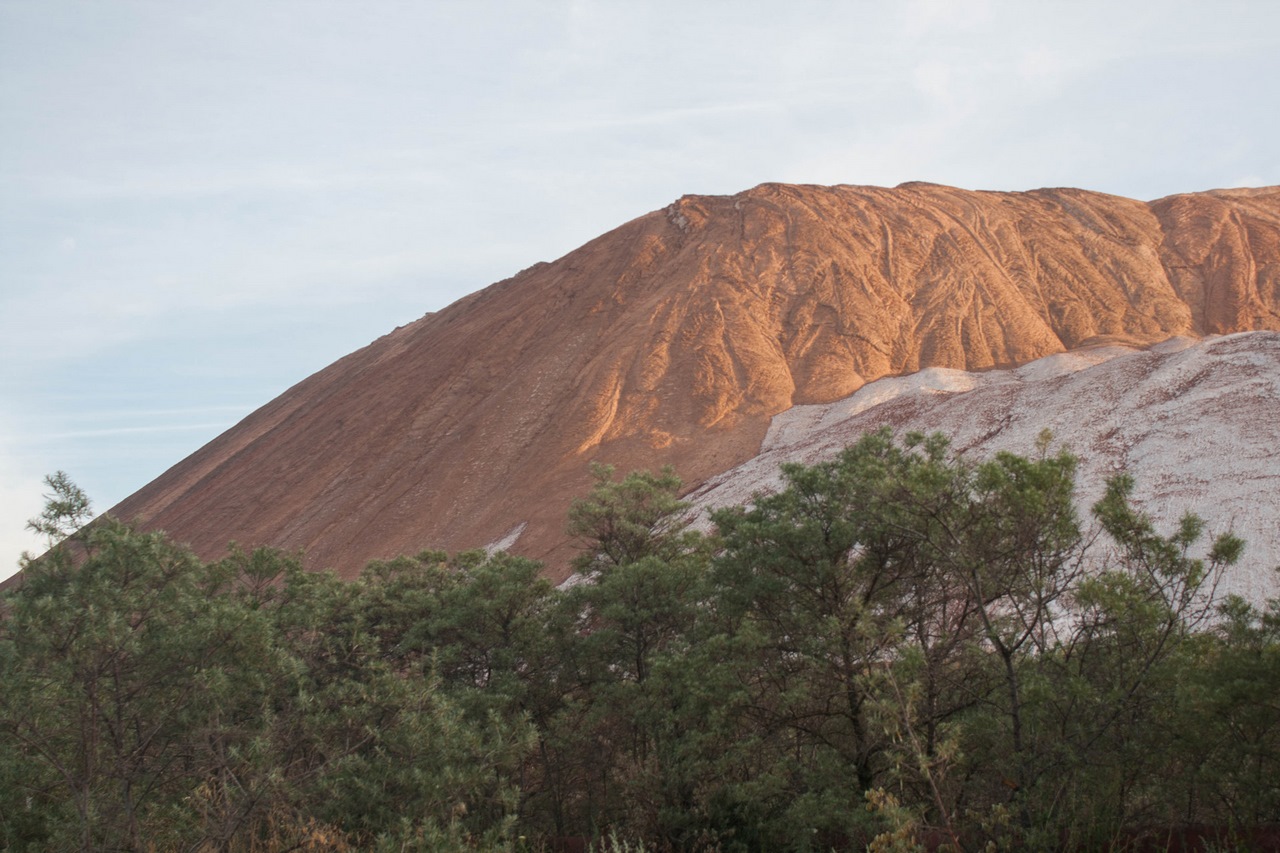
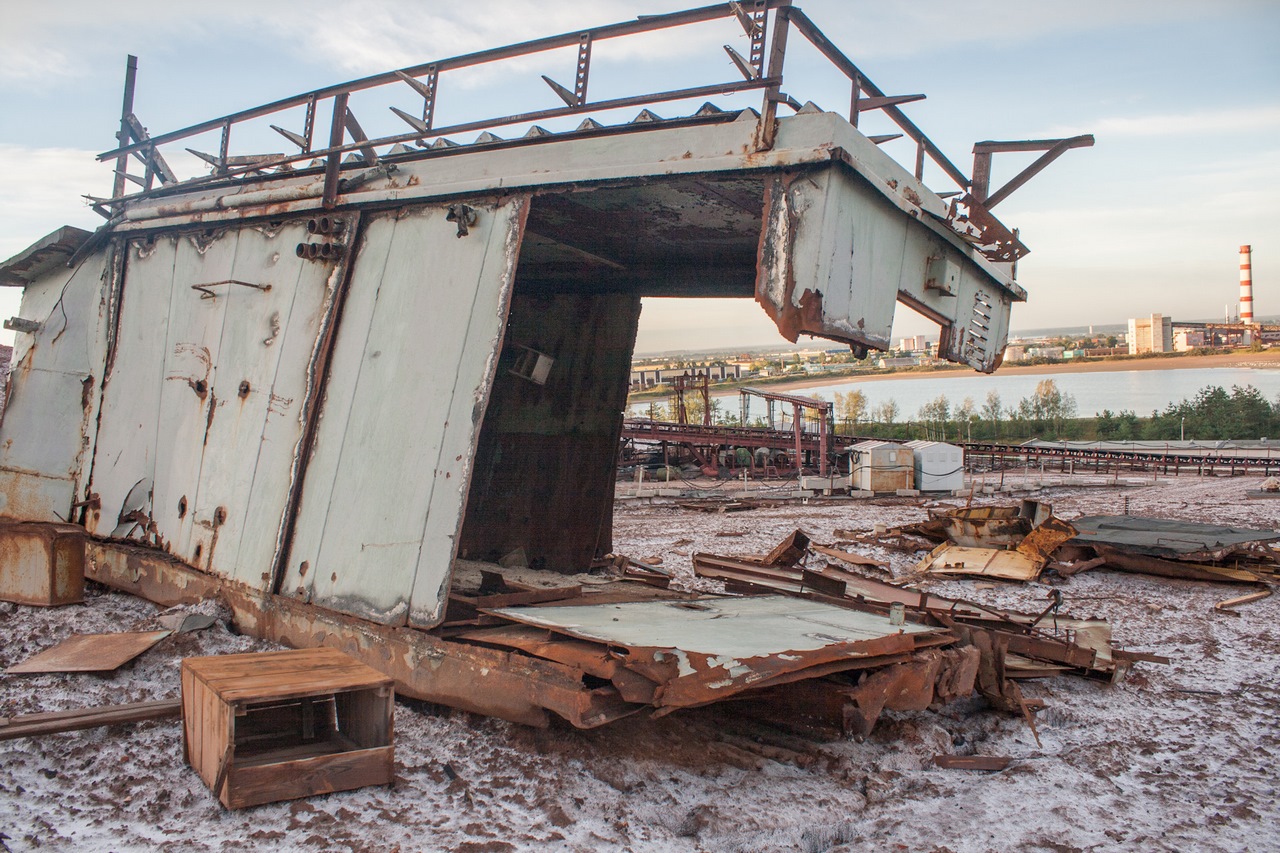
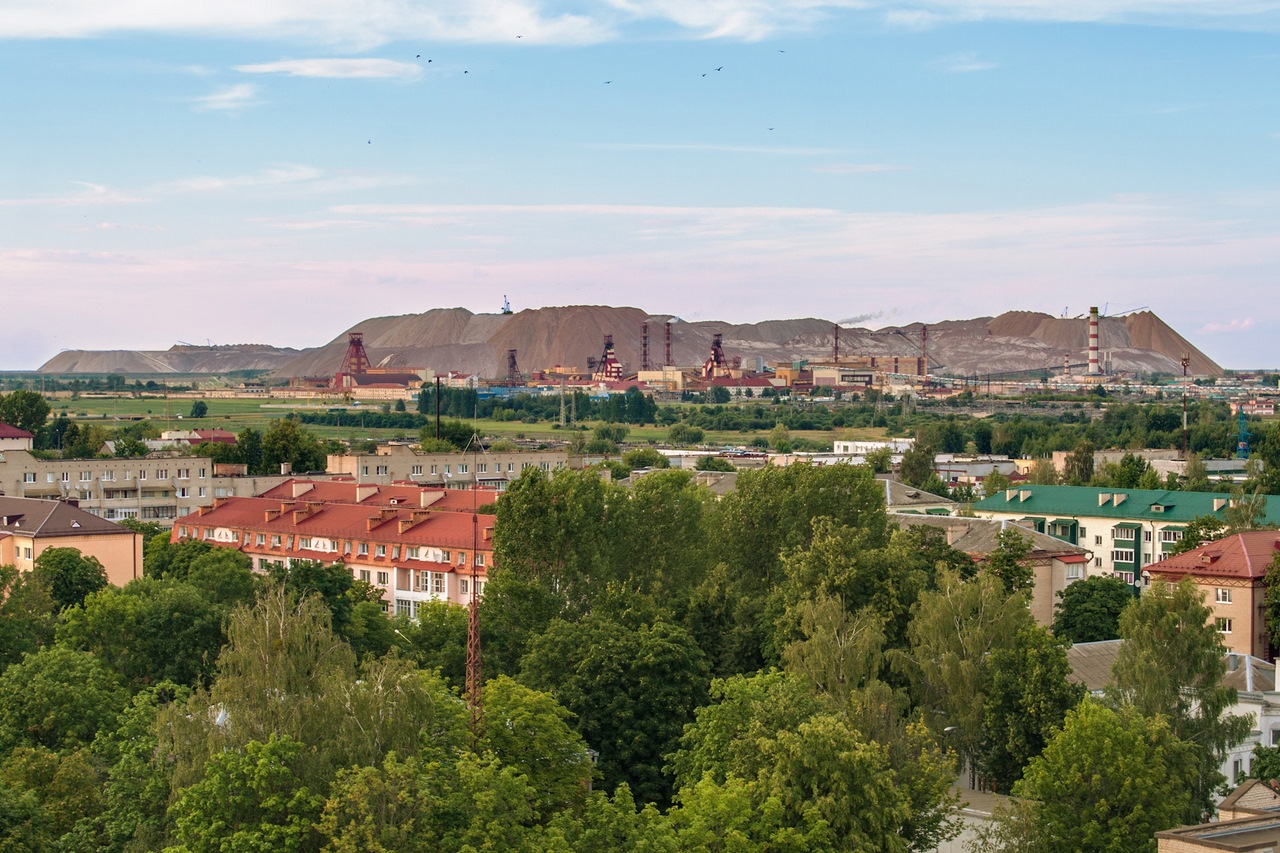
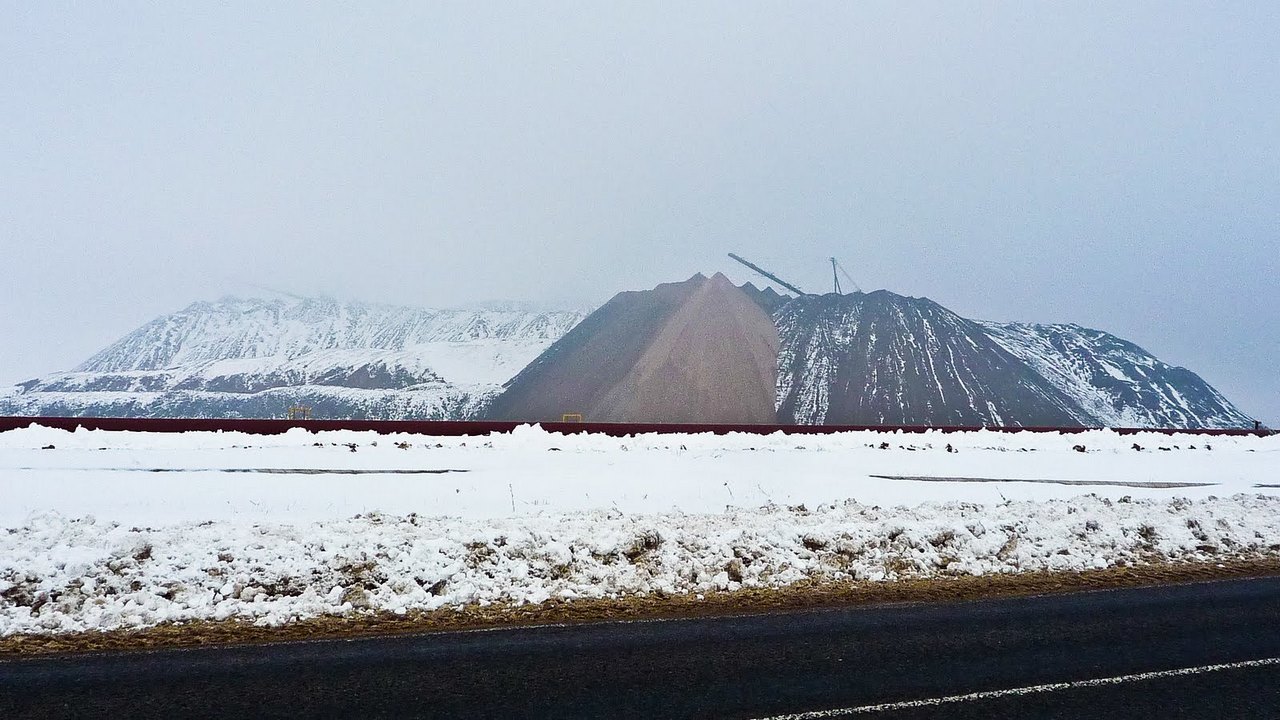
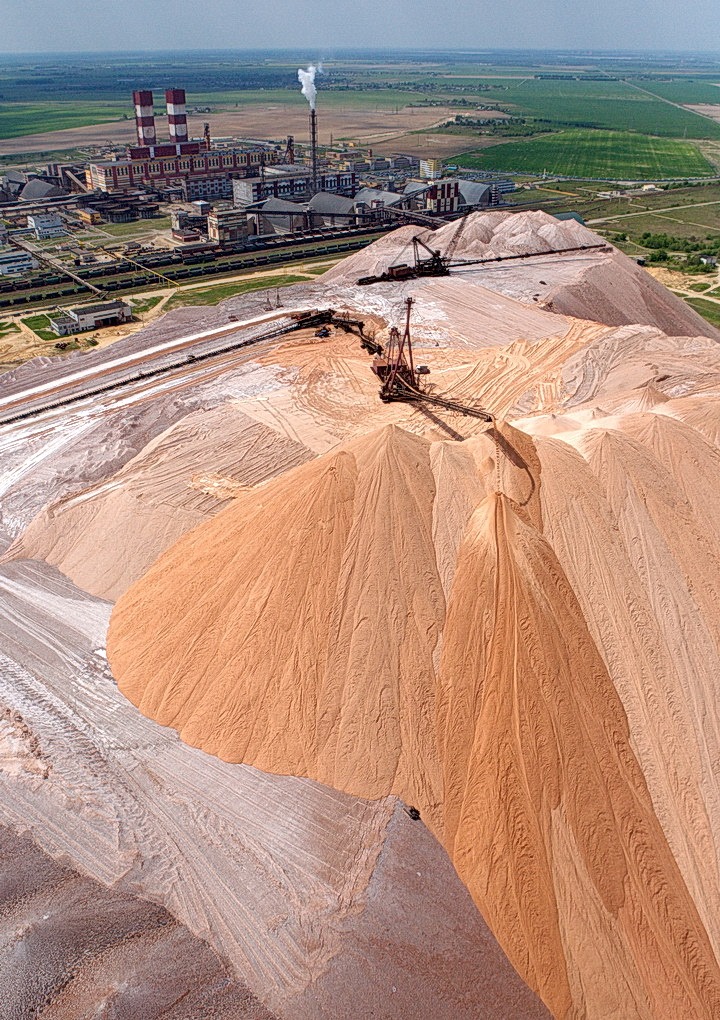
Video: Soligorsk waste heaps
Highlights
The Soligorsk waste heaps are clay mixed with rock salt and gypsum. The salt dumps cover an area of 10 km² and are 120 meters high. And their size continues to increase!
. As potash salt is extracted from underground, embankments form near the mines. Miners look for silnivite, a sedimentary rock from which potassium chloride is extracted. Its content fluctuates around 22-30%. The remaining impurities, such as rock salt, sand and clay, are stored nearby. The insoluble residue accounts for 4-12 %. The works are carried out at a depth of 350 to 1000 m.The slopes of the Soligorsk slopes have a non-uniform color, which only adds to their spectacularity. The clue lies in the fact that old sediments are darker, while freshly poured ones are lighter. At the same time, the oldest and most powerful heaps will be white, due to the higher concentration of salt.
.
Lifeless slopes are not dangerous, people live in their immediate vicinity, trees grow, cornfields rise, and grass is green.
.About Belaruskali
Belaruskali OJSC was founded in 1963 and has left more than 500 thousand tons of waste during its operation. It is one of the largest producers of potash mineral fertilizers in the world. It ranks second in the CIS, following Russia’s Uralkali.”
Belaruskali is the largest taxpayer in the Minsk region and is striking in the scale of its work:
- according to the International Fertilizer Association, every fifth ton of potash fertilizers on the planet is produced here; .
- the company employs more than 17,000 people; .
- products are exported to more than 50 countries around the world.
Nowadays, the company includes 4 ore mines, 4 factories and 6 mines.
.Interesting facts
The vast majority of travelers associate the heaps of Soligorsk with the movie “The Martian” directed by Ridley Scott. According to the plot, engineer and biologist Mark Watney (Matt Damon) couldn’t get away from Mars and, in the best Belarussian tradition, began growing potatoes on the planet. The tall salt mounds combined with cracked, dry earth could well act as a backdrop for the Red Planet.
Small ponds of bright green and blue colored water can be seen around the heaps. These ponds complete the surreal picture. In fact, they are filled with ordinary technical water, and the magical color is given to it by dissolved minerals. All the ponds are man-made, they were built to store sludge – concentrated salt solution left at the factory after salt extraction. The bottoms of the reservoirs are covered with sheeting and the water is piped in.
Did you know that a trip to the Soligorsk slag heaps can be equated to a walk along the seashore? The concentration of salt in the water is so high that if you dip your hand into the water body for even a second, you will get a white coating on your skin. Such reservoirs could rival the Dead Sea. In addition, the air is so saturated with salt that it seems typically maritime.
.
The village of Khotinovo, famous for its chalk quarries, is located 30 km from Soligorsk. It is called “Belarusian Maldives”. We advise you to take a look!
.How to get there
The city of Soligorsk is located 123 km south of Minsk. By car you need to take the highway R-23 “Minsk – Slutsk”, exit near the village of Chepeli.
.
Terricons are located at a distance of 1 to 10 km from Soligorsk. From the city you can see the salt dumps of the first, second and third ore departments. The first one is the closest, it is also the oldest, with the highest salt dumps. It is highly recommended to admire the slopes from afar.
.